10 Common Garden Weeds and Easy Ways to Eliminate Them
Weeds can take over your garden quickly if they are not handled the right way. Some pop up between flowers, others spread through lawns, or cling to your vegetable beds. Learning to identify them early makes it easier to stop them before they spread. With the right methods, you can pull them out at the root and keep your plants healthy. Many of these weeds thrive in weak soil or areas that are not well-maintained. By knowing what to look for, you can save time and avoid frustration later on. A few simple steps can help you clear them out and keep your garden looking its best.
This post may contain affiliate links, which helps keep this content free. Please read our disclosure for more info.
Dandelion
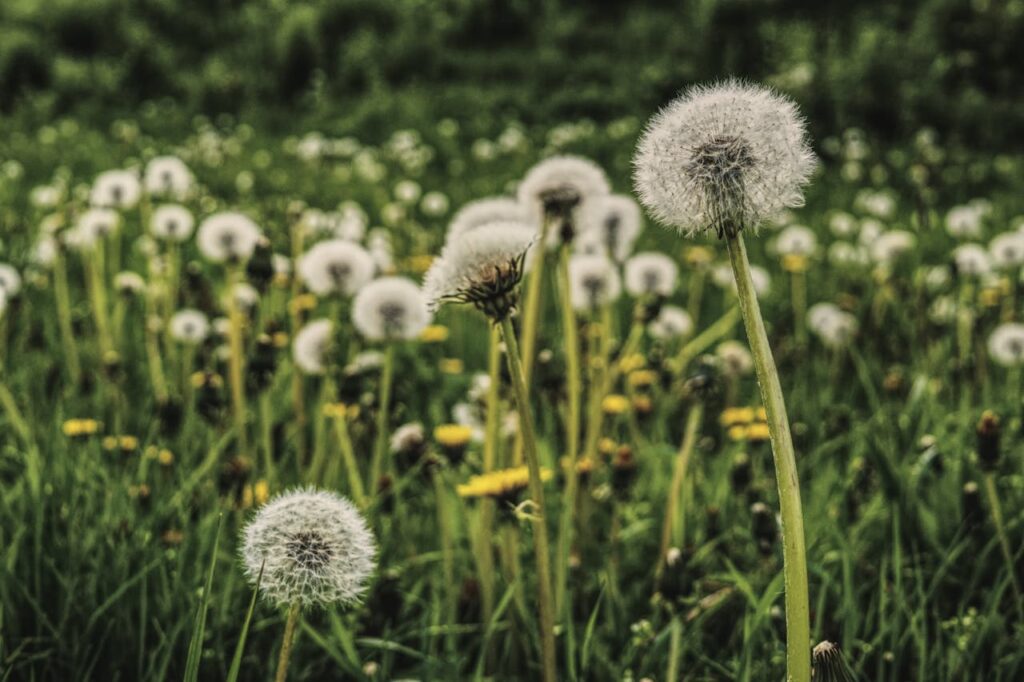
Dandelions are easy to recognize by their bright yellow blooms that later turn into fluffy white seed heads. The leaves are toothed and grow in a rosette shape close to the ground. They appear in early spring and can thrive in both sunny and shady spots, often invading lawns, flower beds, and even cracks in pavement. These weeds spread quickly because each puffball can release dozens of seeds carried by the wind.
The real challenge in removing dandelions lies in their thick taproots, which can grow up to ten inches deep. If any part of the root remains in the ground, the plant will likely grow back. The best way to remove them is to use a long, narrow weeding tool or fork to dig out the entire root. After removal, covering the area with mulch can prevent seeds from taking hold again.
For a natural control method, boiling water can be poured directly on the crown of the plant, but this may also damage nearby grass or plants. Some gardeners prefer using a vinegar spray, especially one with high acidity, to dry out the leaves and weaken the roots. This method works best on sunny days when the plant can absorb the solution quickly.
Crabgrass
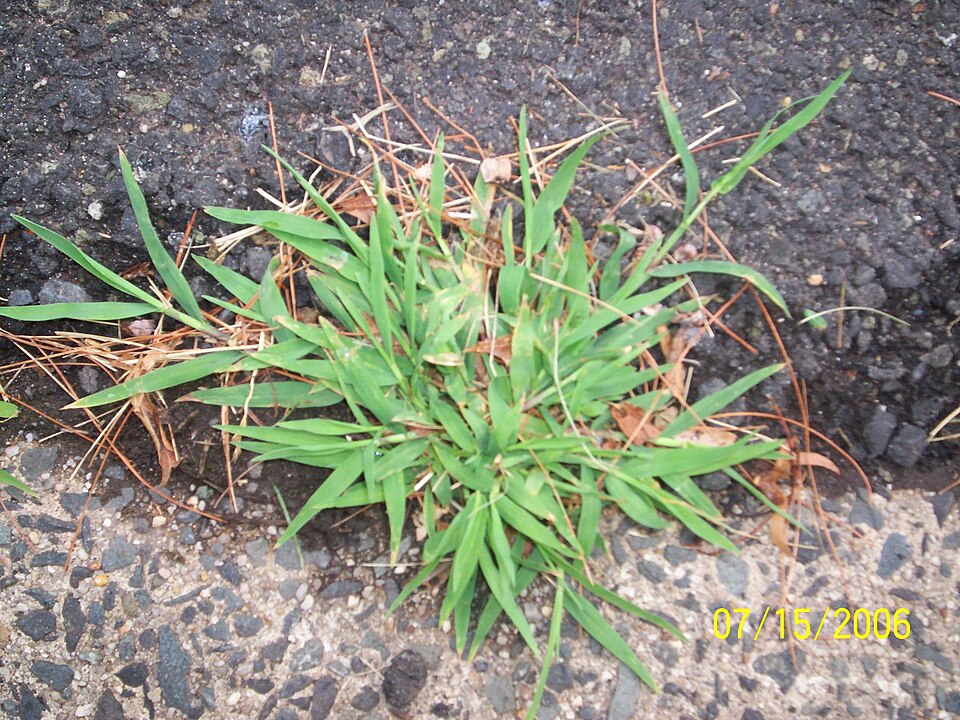
Crabgrass is a summer annual that tends to invade thin or patchy areas of lawns. It has thick, coarse blades that spread outward in a low, star-like shape. It thrives in compacted soil and areas with full sun, especially where the lawn has been cut too short. Its seeds sprout quickly once temperatures rise in spring, making it a persistent issue if not addressed early.
The most effective way to deal with crabgrass is through prevention. Keeping your lawn thick and healthy will reduce the chance of crabgrass taking over. Mowing at a higher setting helps shade the soil, which makes it harder for crabgrass seeds to germinate. Applying a pre-emergent control product in early spring can prevent seeds from sprouting altogether.
If the weed has already grown, hand-pulling is best done before it produces seeds. Try to remove the entire plant, including the root system. Avoid disturbing the soil too much during removal, as this can bring more seeds to the surface. Regular watering and aerating compacted soil can help create better conditions for your desired plants to thrive instead.
Clover
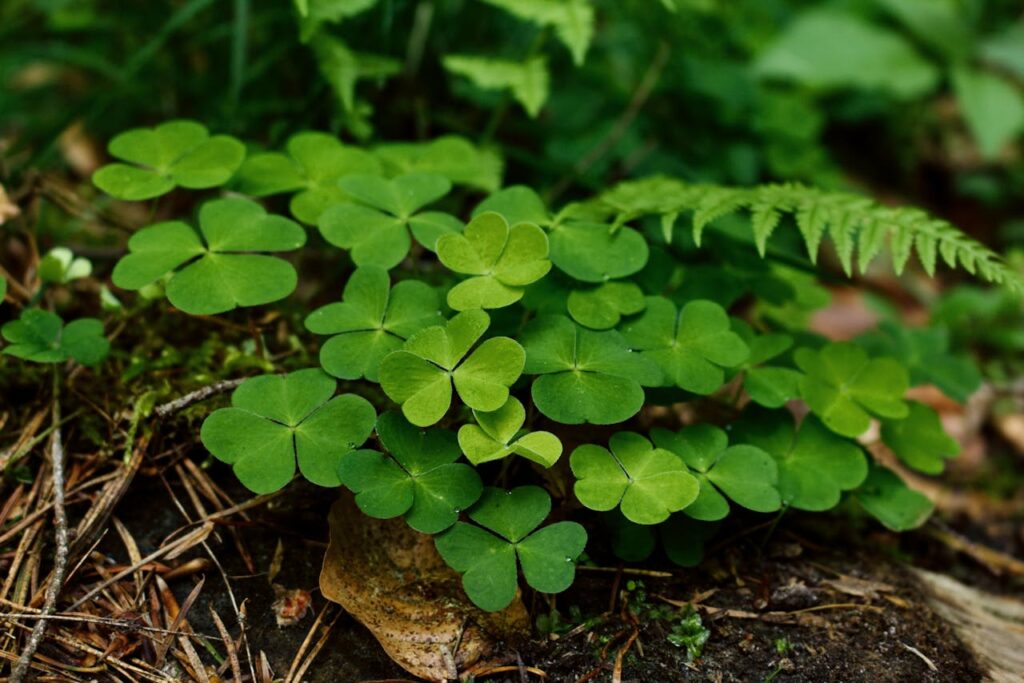
Clover is a low-growing weed with small, rounded leaflets that usually appear in groups of three. It often spreads in clusters across lawns and open soil. White clover is the most common type and can be identified by its small, pale flowers. Although clover can add nitrogen to the soil, which benefits other plants, it often becomes invasive when left unchecked.
Clover tends to show up in underfed lawns or areas with poor soil. One way to manage it is by feeding your lawn properly, as healthy grass can outcompete clover. Mowing your lawn higher than usual helps reduce sunlight to the clover, which slows its growth. Another method involves using a vinegar and dish soap spray applied directly to the leaves, but care must be taken not to harm the surrounding grass.
For gardeners who prefer natural options, removing clover manually is still effective for small patches. Grasp the base and pull firmly, trying to get the entire root. For larger areas, applying corn gluten meal in early spring can help block seed development. Consistency is key, since clover spreads quickly if left alone.
Chickweed
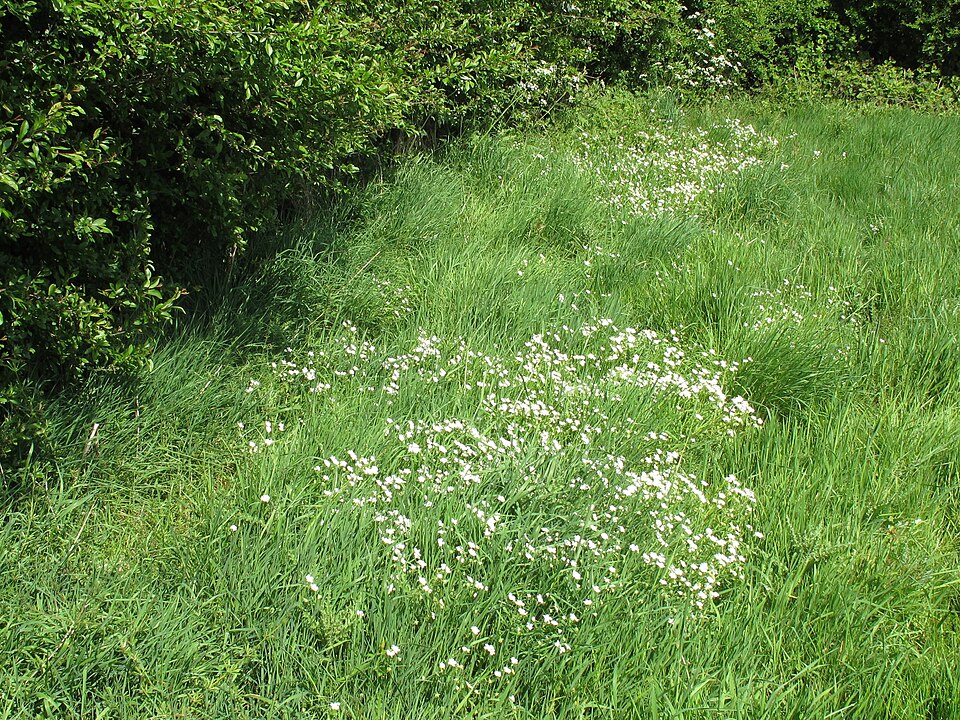
Chickweed is a delicate-looking plant with small white star-shaped flowers and light green stems that sprawl across the ground. It often grows in cool, damp conditions and is commonly found in garden beds, containers, and along walkways. Despite its soft appearance, chickweed spreads quickly and forms dense mats that can choke out young seedlings and herbs.
To remove chickweed, the best time is after a light rain when the soil is soft. This makes it easier to pull up the entire plant, including its shallow roots. It tends to regrow if any part of the root system is left behind, so try to be thorough. For large infestations, covering the area with a thick layer of mulch can block sunlight and prevent regrowth.
Another approach is to cultivate the top layer of soil and remove sprouts before they flower and go to seed. Since chickweed can release thousands of seeds in one season, early removal is important. Regularly turning over the soil or using a hoe can prevent it from settling in the same place again.
Bindweed
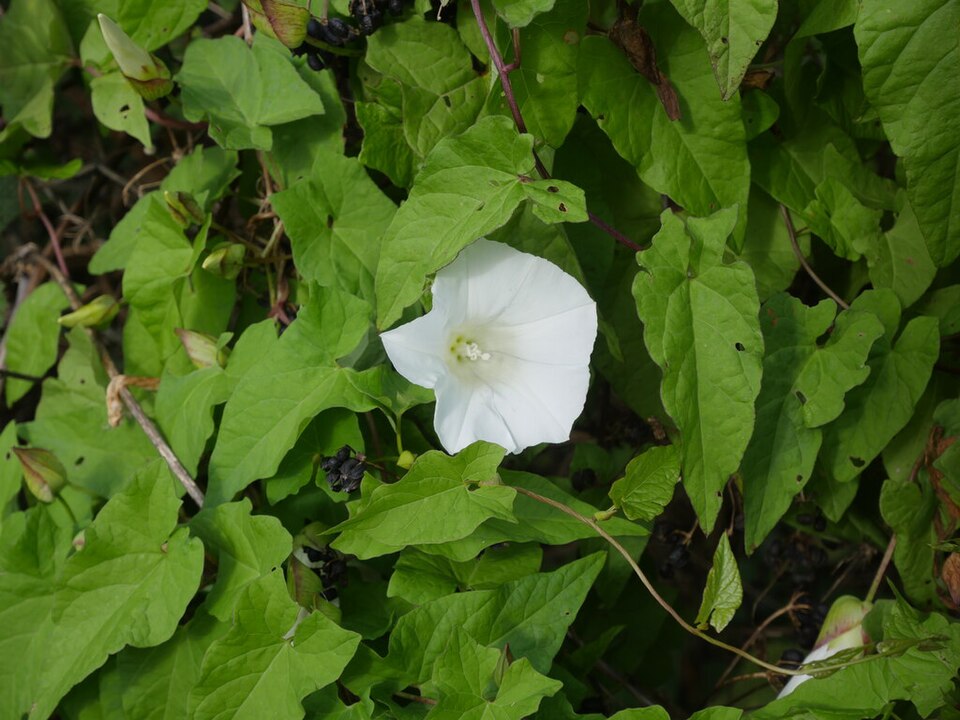
Bindweed is a vining plant with arrow-shaped leaves and white or pale pink trumpet-shaped flowers. It often wraps itself around other plants, fences, and even trellises, making it difficult to remove without damaging what it clings to. It has an extensive root system that spreads both by seed and underground stems, making it one of the hardest weeds to control.
The first step in managing bindweed is frequent removal. Pull it by hand as soon as you see it, taking care not to snap the root. Even a small piece left in the ground can result in new growth. Smothering it with black plastic or a thick weed barrier can cut off sunlight and reduce energy stored in the roots.
For stubborn cases, you may need to repeat treatments multiple times throughout the growing season. Do not till the soil where bindweed has taken hold, as that can break up the roots and spread them further. Keep nearby garden plants well-spaced to reduce hiding spots where the vines can take hold unnoticed.
Nutsedge
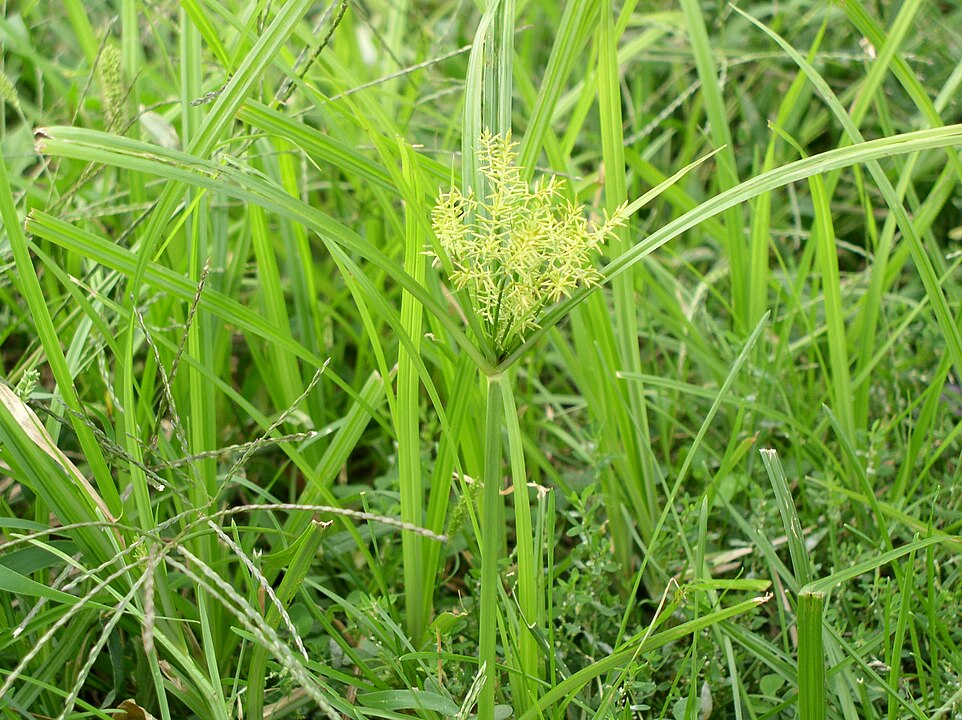
Nutsedge looks similar to grass but has a stiffer stem and grows faster than most turf varieties. Its triangular stem and light green color help distinguish it from other weeds. It spreads through underground tubers known as nutlets, which can survive for years and sprout again if not properly removed.
Getting rid of nutsedge requires a different approach than typical grassy weeds. Pulling it by hand often fails because the tubers remain behind. You will need to loosen the soil deeply and remove all visible parts, including the small bulbs under the surface. This task can be time-consuming, but it is the best way to prevent new growth.
You can also reduce its spread by avoiding overwatering, as nutsedge prefers soggy soil. Aerating your lawn and improving drainage helps discourage it from taking over. For larger areas, selective spot treatments may be necessary, but avoid using anything that harms surrounding plants or turf.
Oxalis
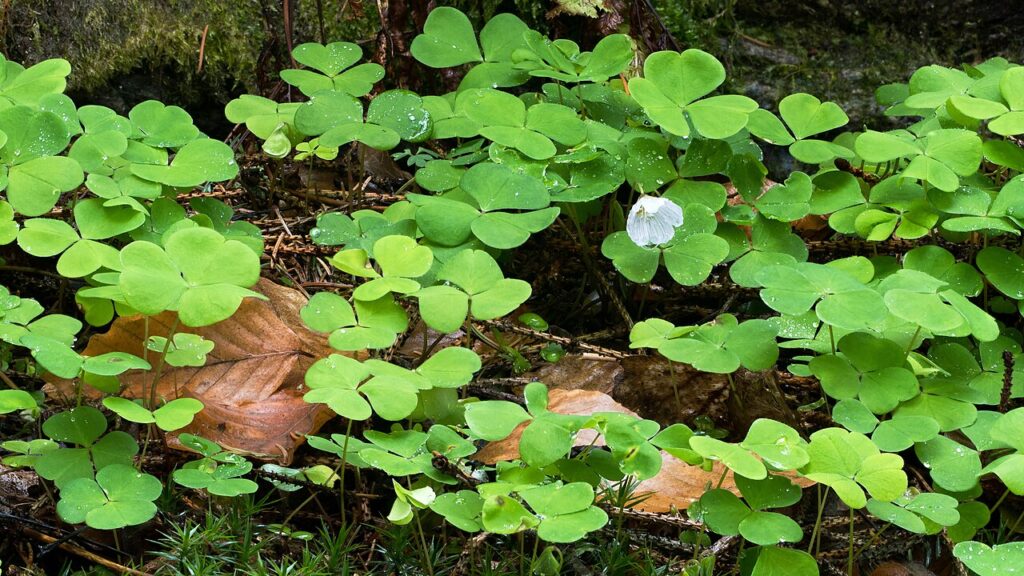
Oxalis looks similar to clover but has heart-shaped leaves and often displays yellow, pink, or white flowers. It spreads by seed and creeping stems, making it difficult to keep out of garden beds. This weed prefers moist soil and can often be found near shady areas or beneath taller plants.
Hand-pulling can work if done early, but oxalis tends to break off at the stem, leaving roots behind. Use a small trowel to dig out the base completely. It is best to pull it after rain or watering when the soil is soft. Be sure to remove it before it flowers to limit seed spread.
You can also cover the area with cardboard and mulch to block sunlight and smother the growth. Keeping the garden weeded regularly and feeding your soil properly can make it harder for oxalis to thrive. Do not compost this weed unless you are certain it has not gone to seed.
Purslane
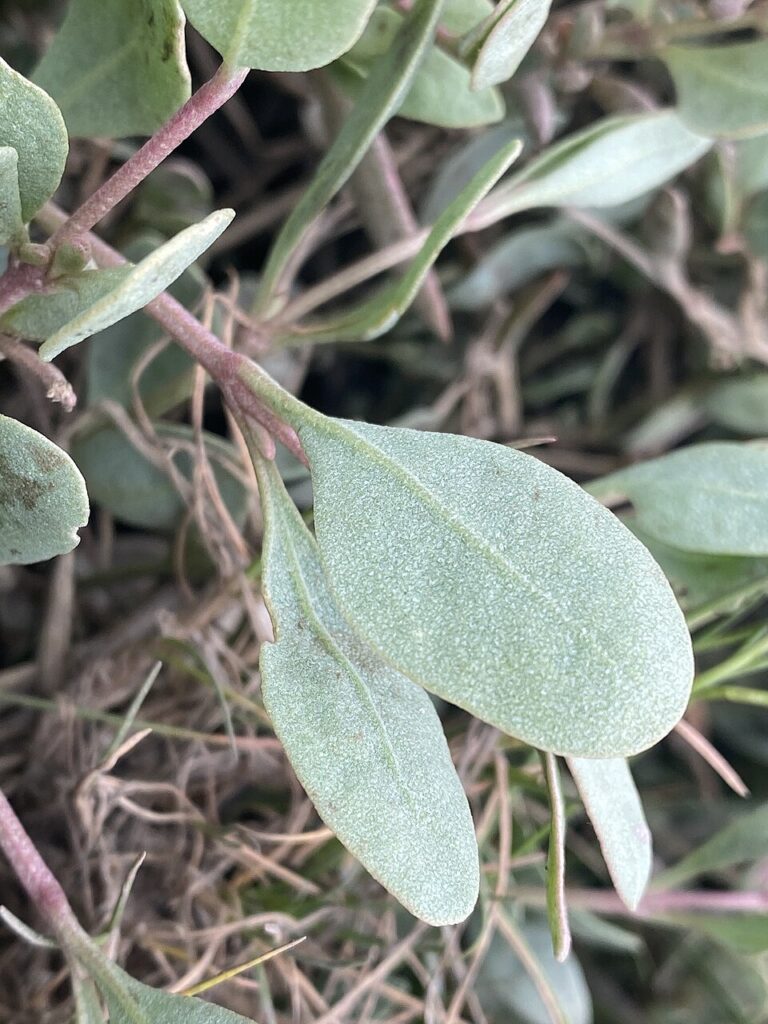
Purslane is a low-growing weed with thick, reddish stems and smooth, paddle-shaped leaves. It has a succulent texture and can often be seen spreading across garden beds, patios, and cracks in concrete. Although it is edible in some cultures, it can quickly become invasive and overtake vegetable gardens.
To control purslane, remove it early before it produces seeds. Its root system is shallow, so it is usually easy to pull out by hand. However, the plant can regrow from stem fragments left in the soil, so be careful not to break it into pieces. Place all pulled weeds in a sealed bag to prevent them from dropping seeds elsewhere.
Applying mulch over bare areas can help prevent new growth, as purslane needs light to sprout. You can also limit irrigation in problem spots, as this weed prefers warm, damp soil. Since it grows fast, frequent garden checks help keep it under control.
Spurge
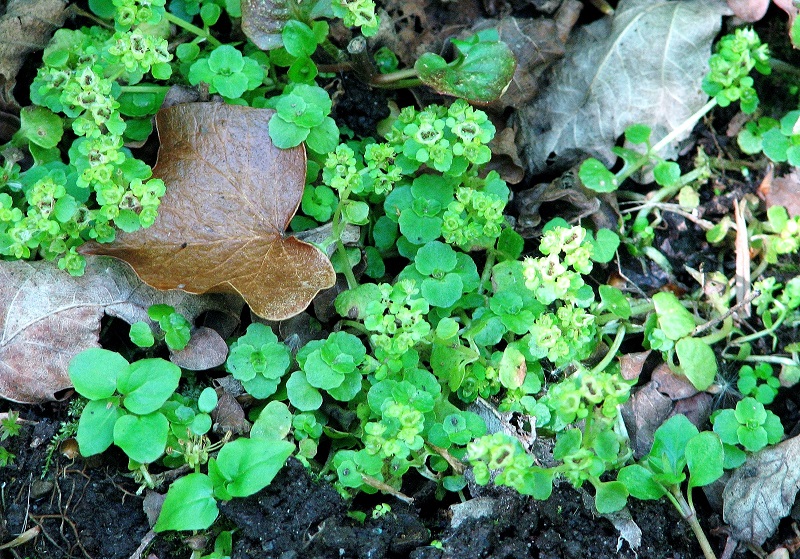
Spurge is a fast-spreading weed with reddish stems and small green leaves that grow in a mat-like fashion. It often grows in sunny, dry areas such as sidewalks, driveways, and open garden spaces. When broken, the stems release a milky sap that can irritate the skin.
To remove spurge, wear gloves and pull the plant from the base, trying to remove all of the roots. Because it has a shallow root system, it usually comes out easily if the soil is slightly damp. Be sure to remove it before it flowers and spreads seeds, as one plant can produce thousands.
Keep garden beds covered with mulch to block new spurge from growing. Avoid disturbing the soil too often, as exposed dirt is an open invitation for seeds to settle. Regular monitoring will help catch it early before it forms dense patches.
Lamb’s Quarters

Lamb’s quarters is a leafy weed with soft, gray-green leaves that have a powdery coating on the underside. It often grows upright and can reach a few feet tall if left alone. This weed tends to show up in rich, disturbed soil and is commonly found near compost piles or vegetable gardens.
Removing lamb’s quarters is easiest when the plant is still young and before it goes to seed. It pulls out easily when the soil is moist, and its roots are not very deep. Once it matures, it can scatter thousands of seeds, so it is important to act quickly. Dispose of the pulled plant carefully to avoid dropping seeds back into the soil.
Keeping your garden beds thickly mulched can help stop this weed from returning. Tilling the soil may bring seeds to the surface, so it is better to disturb the ground as little as possible. Dense planting in vegetable gardens can also help shade the soil and prevent lamb’s quarters from sprouting.
This article originally appeared on Avocadu.
